Fisheries Management

Alaska serves as the gold standard
 Alaska pioneered applying successful, science-based sustainable fisheries management practices.
Alaska pioneered applying successful, science-based sustainable fisheries management practices.
Now Alaska serves as a worldwide leader and sets the gold standard for fisheries management. State, federal and international management programs share the goal of sustainability; each has a legal mandate to prevent overfishing or harm to ecosystems and communities. The Alaska seafood industry is committed to the future health and resiliency of fish populations and the surrounding marine ecosystem for generations to come through transparent, collaborative, careful, science-based and strict resource management.
Federal

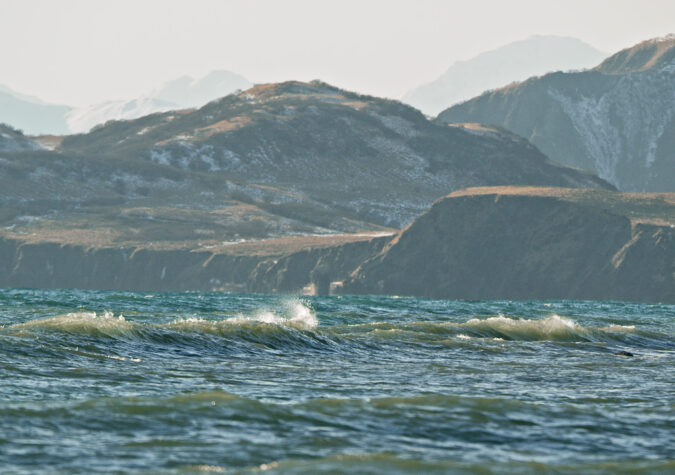
Ecosystem-based Management
Each season, scientists determine the optimal harvest levels for the health of individual species and the entire ecosystem. Fisheries managers in Alaska are on the forefront of implementing adaptive management tools in response to climate driven ecosystem change. This precautionary and adaptive approach is a cornerstone of sustainable fisheries management and allows the ecosystem and seafood species to continue to replenish year after year.


In Alaska, it's the law
Sustainable fishing has been the law since 1959 when Alaska became the only state with sustainability written into its constitution. Article VIII institutes the practice of “Sustained Yield.”
“Fish, forests, wildlife, grasslands, and all other replenishable resources belonging to the State shall be utilized, developed, and maintained on the sustained yield principle, subject to preferences among beneficial uses.” – Article VIII, Alaska State Constitution

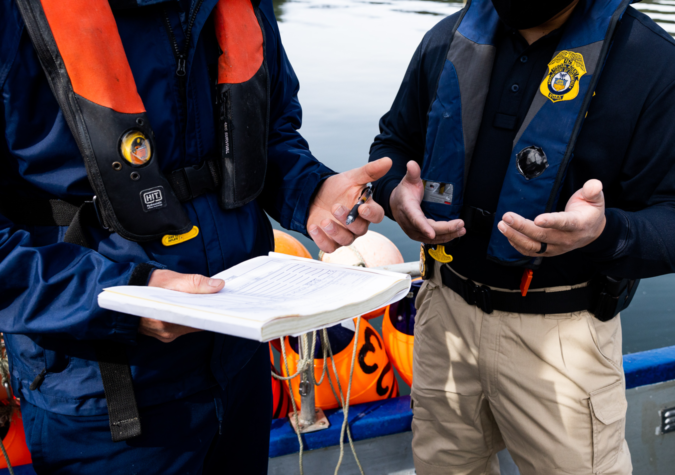
Regulation and Enforcement
Regulations, surveys and scientific data are ways that the State of Alaska enforces the legal mandate set forth at statehood.
Scientific Data
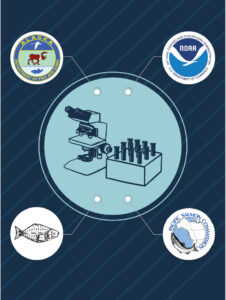 Every aspect of fishing in Alaska is based on the latest scientific data
Every aspect of fishing in Alaska is based on the latest scientific data
This data is tracked and managed by a joint effort among state, federal and international bodies. View their sites below, or learn more from the ASMI sustainability white paper.
Read the white paperAllowable Catch
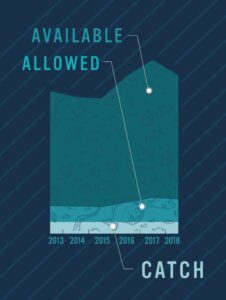
Alaska sets harvests to prioritize the stability of the marine ecosystems.
Managers conduct annual test fisheries or ‘surveys’ and use the data to determine the “total available” population, identify the “allowable catch” and set a lower “actual catch” limit. This precautionary approach takes considers the surrounding ecosystem and changing environmental conditions to support the sustainability of wild populations in Alaska’s waters.
Regulations
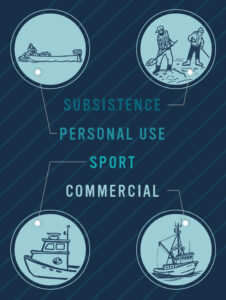 All fisheries in Alaska are regulated.
All fisheries in Alaska are regulated.
Subsistence – harvesting or possessing seafood by a resident of Alaska for subsistence, or noncommercial, customary and traditional uses
Personal – the harvesting or possessing of seafood by a resident of Alaska for personal use and not for sale or barter
Sport – fishing for personal use and not for sale or barter
Commercial – harvesting seafood for commercial, non-personal or subsistence uses
